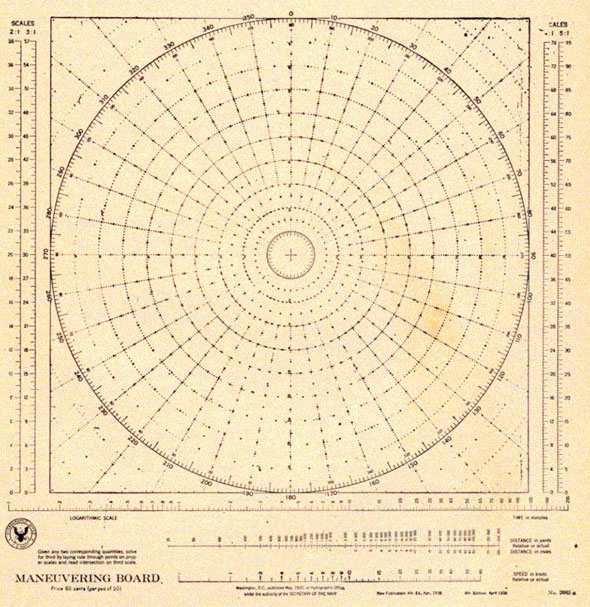The New York Times had an article about the fallout of the multiple collisions in the US Seventh Fleet. The investigations are not complete. Yet actions are already being taken:
- Operational tempo of forward deployed forces will be slowed to allow for more training and maintenance
- Ships will be required to turn on AIS when in crowded shipping lanes
- Paper charts and CPAs are back in fashion
- Standing rules for watch officers will be standardized
- Watch durations are being adjusted
- Ships without training currency will now be allowed out
Additionally several senior heads have already rolled. Vice Admiral Aucoin is already out. Admiral Swift is going to be out, as will Admiral Rowden.
AIS is a system that uses digital selective calling on VHF FM marine radio to broadcast information about a ship and its location, which is then received by other vessels and Vessel Traffic Service and displayed on a chart plotter or Radar plan position indicator. There is extended coverage with satellite based receivers as well. Warships normally don’t operate with AIS turned on, because it makes enemy target acquisition, surveillance, and reconnaissance easier. Now they will operate with AIS on in congested waterways.
One of the challenges a Navy vessel faces in a congested waterway is the ship has been designed for stealth. The ship is painted a gray color designed to be difficult to distinguish from atmospheric haze. The ship also is designed to have a small Radar cross section and appear smaller on a PPI than it is—essentially look like a fishing boat, not a warship.
In the old days, a quartermaster, a petty officer responsible for navigating the vessel, was responsible for calculating the closes point of approach (CPA) for all targets reported from the Radar and lookouts and keeping the Captain up to date on other vessels maneuvering near the ship. A special piece of polar coordinate graph paper called a maneuvering board was used to graphically solve the vector arithmetic problems of all the target vessels.

Example of a maneuvering board
If you tour the USS Midway in San Diego, you will find a glass divider between the workstation and the Captain’s chair. The quartermaster would receive reports of targets on the sound powered telephone, do the calculations, and write the CPA on the glass partition backwards(!), so the Captain is always aware of risks of collision.
In the USCG cutters are required to maintain a paper plot of position at all times, regardless of the electronic gizmos on board. The position reported by electronic navigation is checked by celestial navigation at solar noon each day. The USCG still has a wooden ships and iron men mentality. The Navy is re-learning. Recently, the US Naval Academy has added celestial navigation back into the curriculum, given the fragility of the GPS system to spoofing and jamming. Furthermore, anticipating conflict with a peer adversary, the government has put out a tender for a new radio navigation system, since Loran-C was decommissioned in 2010. With GPS out of commission an accurate way of finding position will be needed.
Fundamentally, the source of the problem is that the demands being placed on forward deployed forces are not compatible with sequestration. You can’t shrink the Navy and expect the same operational tempo to be sustained for very long. Ships systems begin to fail. The ship’s company gets out of currency on training. One effect is that in challenging navigation situations, like operating in a congested waterway or at night, the Captain relies on only the most senior watch standers, whose fatigue mounts with the extra hours. With fatigue, lapses of attention and judgment happen.
